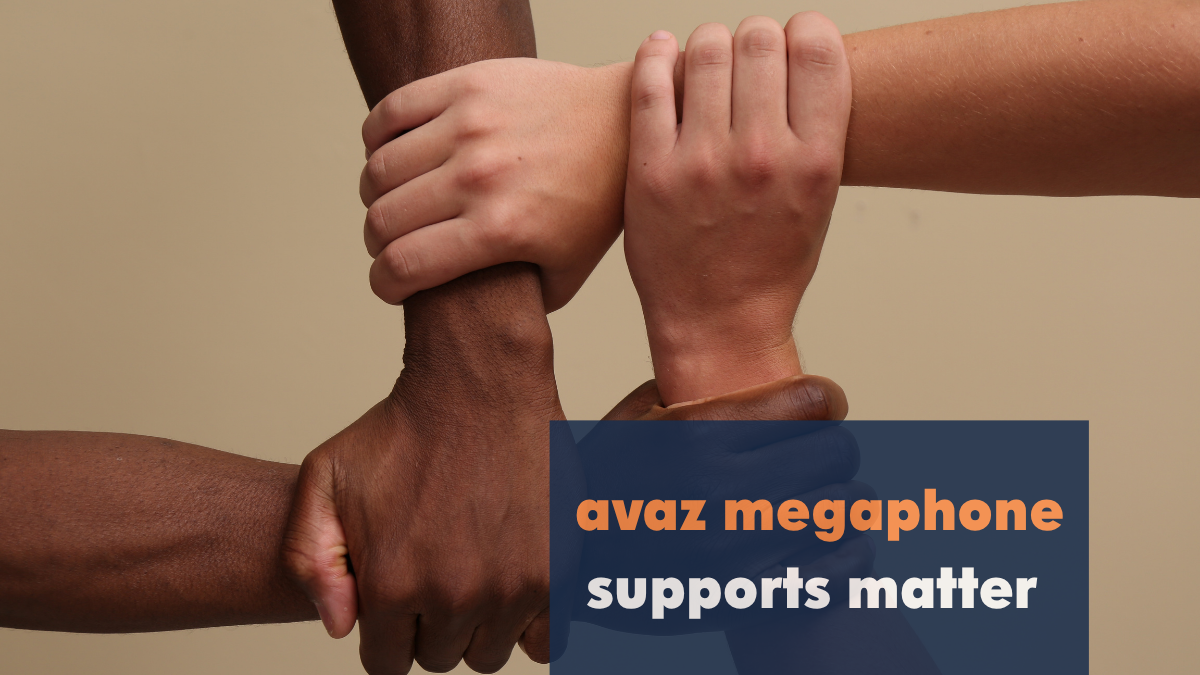

Have you ever had to hide your real emotions, thoughts, or personality just to fit in or be accepted? Exhausting, isn’t it? People on the autism spectrum often tend to mask their authentic selves to feel more accepted in social settings and other aspects of life. In this blog, we will explore what autism masking is, why autistic people of all ages tend to mask and its effects. We also discuss how we can embrace autism, be it masking or not.
What is Autism Masking?
Autism masking, also known as autism camouflaging, is when individuals on the spectrum intentionally or unintentionally adopt ways to hide their autistic traits in social situations. Masking can be exhausting. It can lead to social isolation, anxiety, and other mental health issues.
Examples of Autism Masking
What does masking look like? Seemingly harmless behavior may actually be masking in action. Some examples include:
- Mimicking facial expressions and body language of others to fit in.
- Suppressing the urge to stim such as rocking or nail biting in social settings.
- Memorizing social phrases to use in social situations.
- Forcing to make eye contact even though it can be uncomfortable or overwhelming.
- Pretending to be interested in a topic or conversation that is not engaging.
- Limiting to safe and familiar environments or routines to avoid unexpected or overwhelming situations.
Why do Autistic People Mask?
Masking may provide short-term benefits but can have negative effects in the long run. Here are some reasons why different groups of autistics may resort to masking:
Children Mask To:
- Fit in socially and not be seen as different.
- Avoid negative attention (bullying).
- Cope with demands at school and at home.
- Offset the lack of understanding and support for their condition.
- Please adults or authority figures.
Young People Mask To:
- Fit in socially and avoid discrimination.
- Cope with adolescent challenges and peer pressure.
- Offset fears of rejection and judgement by peers.
- Maintain independence and autonomy.
Adults Mask To:
- Fit in socially and avoid negative attention.
- Cope with demands at work and daily life.
- Offset fears of losing their job or stigma at work.
- Maintain personal and social relationships.
- Avoid isolation and fear of rejection.
Effects of Autism Masking
A coping mechanism to navigate social situations, masking has multiple implications. Here are some common effects of autism masking:
Social Exhaustion
Masking requires a significant amount of effort and energy to be spent to fit in socially. This can lead to isolation, exhaustion, and burnout and may induce anxiety often.
Difficulty with Self-identity
Feeling the need to suppress one’s authentic self can lead to a lack of self-acceptance and low self-esteem.
Late Diagnosis:
With years of practice and continuous masking, individuals with autism may often go undiagnosed until much later in life. Many autistic individuals get misdiagnosed for social competence or other traits.
Masking in Women and Girls
Although masking is not limited to a specific gender, research indicates that females tend to engage in masking behavior more often than males. For example, autistic girls may be better at mimicking social behavior and more likely to have strong interests in socializing and fitting in with peers.
Some women may feel the pressure to mask due to societal expectations around gender and social norms. They may feel the need to be more emotionally expressive than they usually are, which may lead to masking their autistic traits.
While it may provide short terms social and professional benefits, it leads to late diagnosis and lack of timely support. It is important to note that not all women and girls tend to mask. Yet, raising awareness of the potential negative impacts can provide the right support and resources to thrive in social settings and other aspects of life.
Acceptance & Understanding Create Inclusive Communities
It is a must to understand that autism masking is not a universal experience among individuals with autism. There is no “right” or “wrong” way to be autistic. Fostering open communication without judgments, encouraging self-care, and establishing a supportive environment increases the feeling of safety and security.
Create communities that are inclusive and accepting to offer support to autistic individuals regardless of their masking behaviors.



